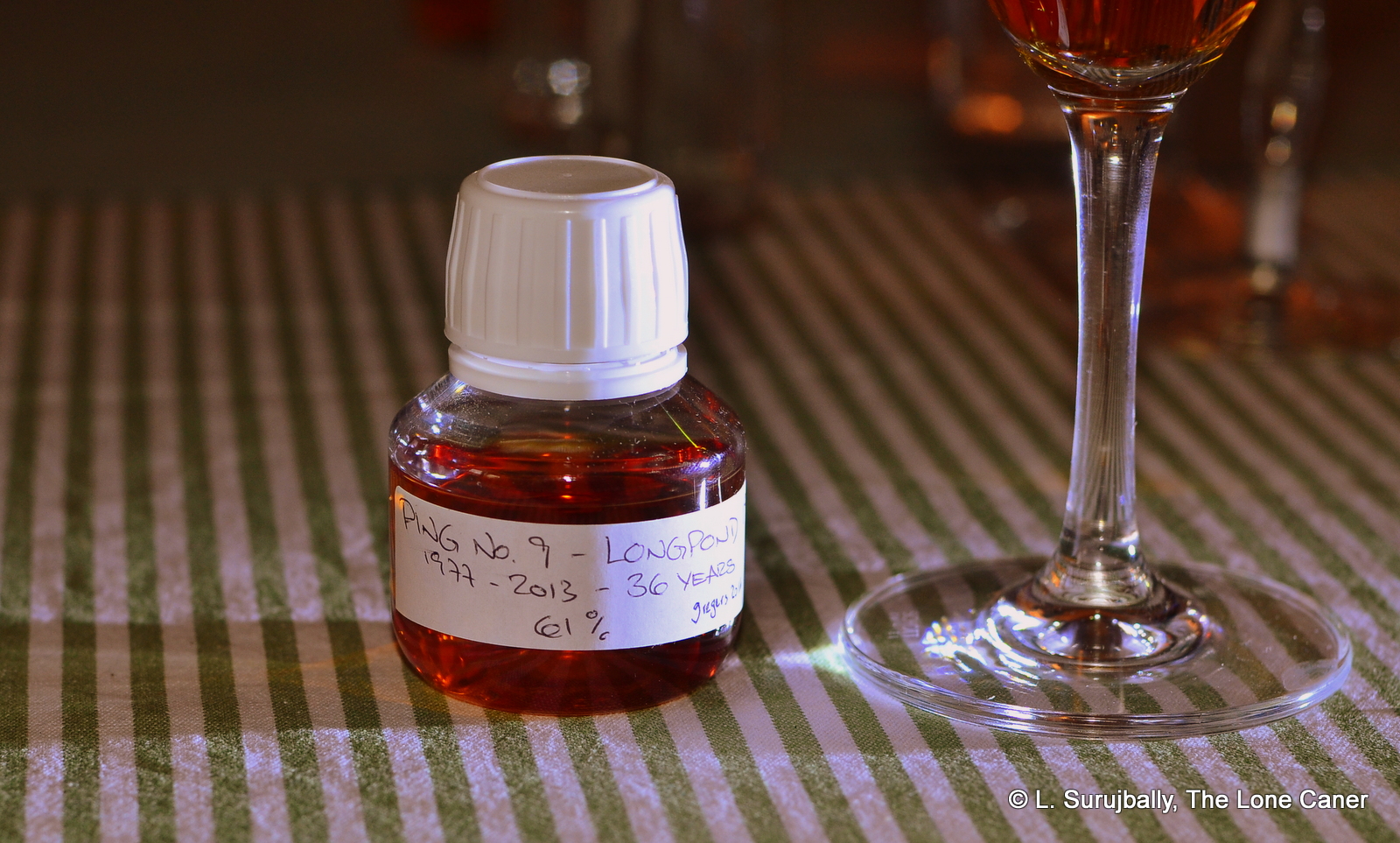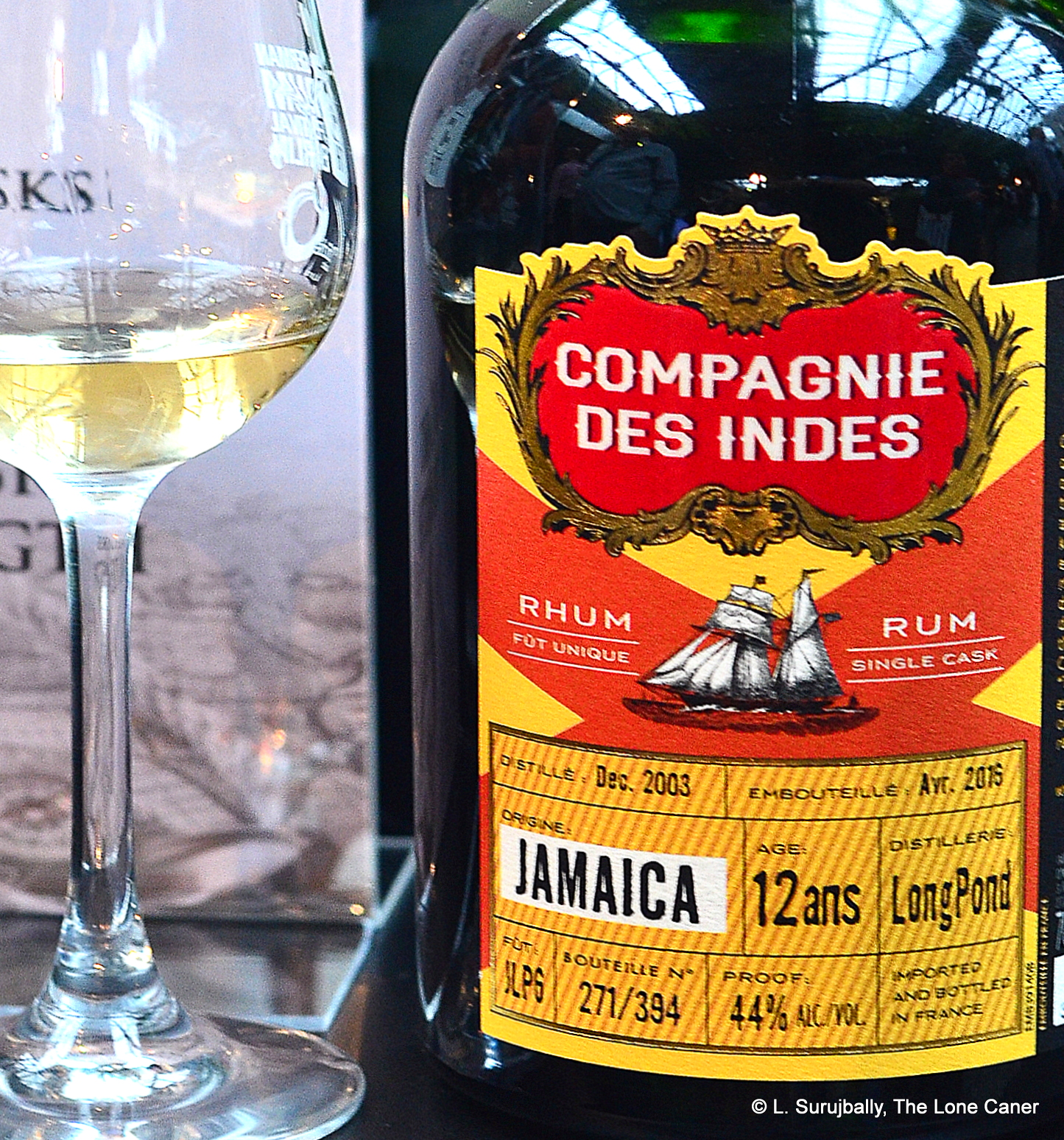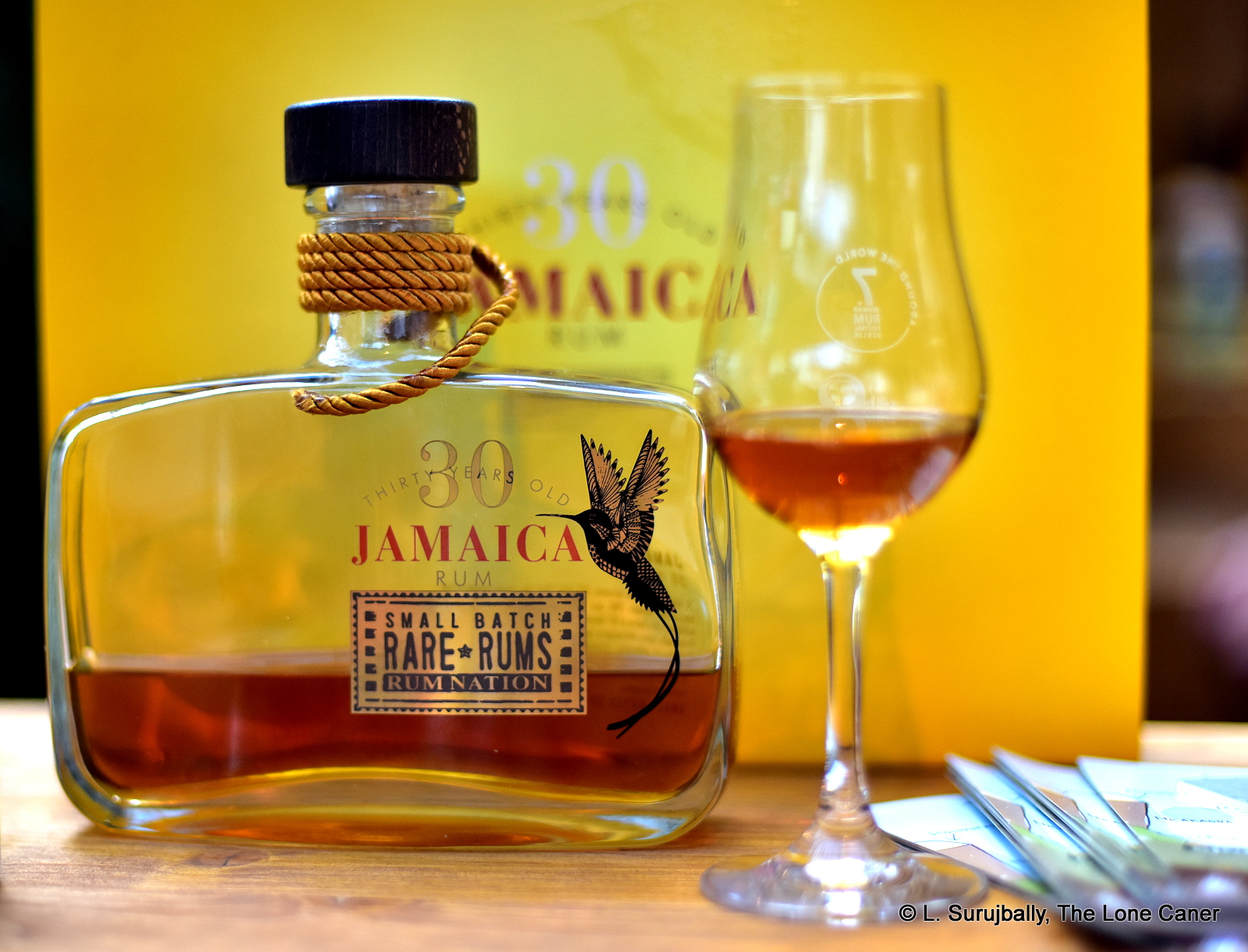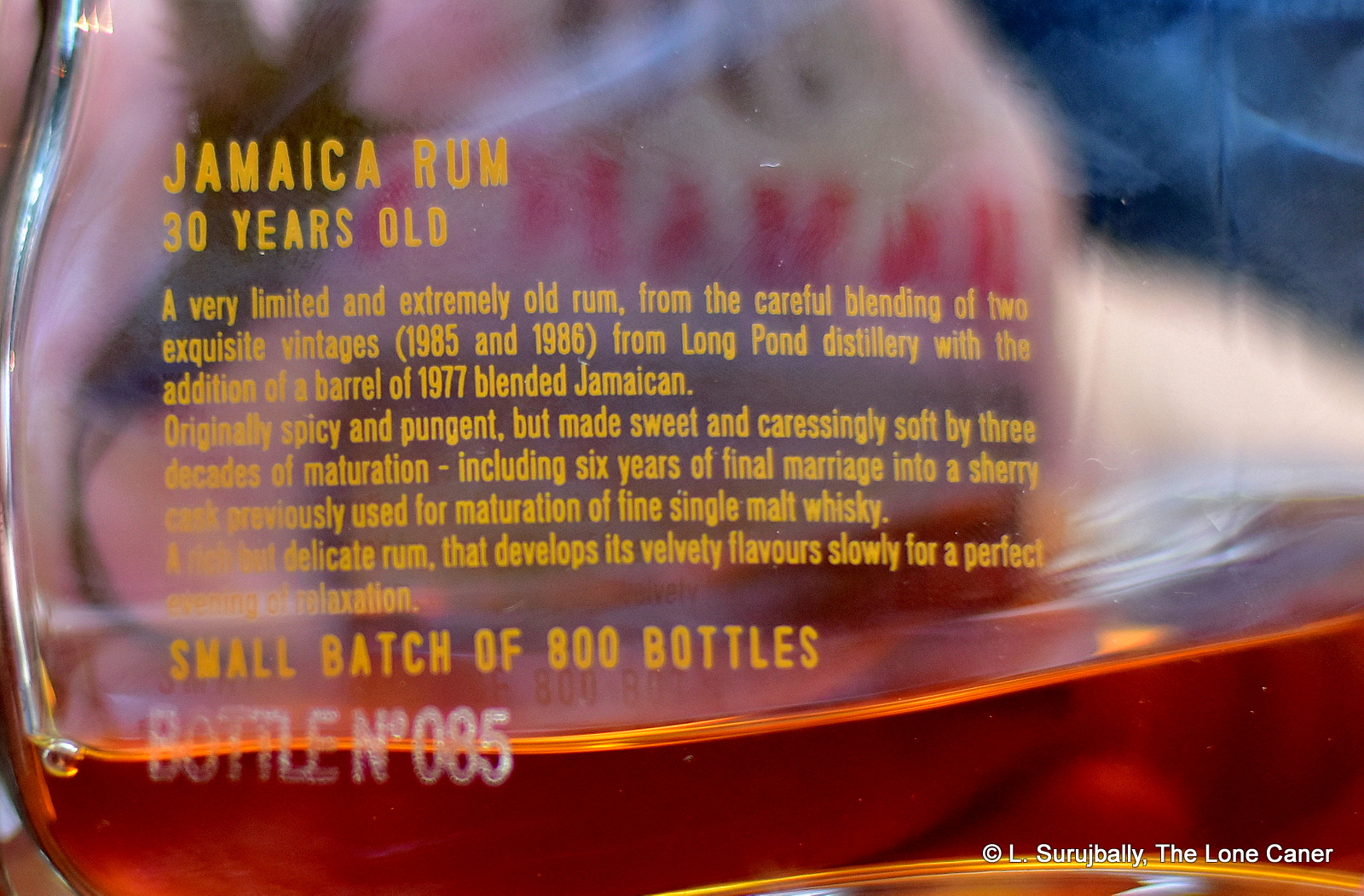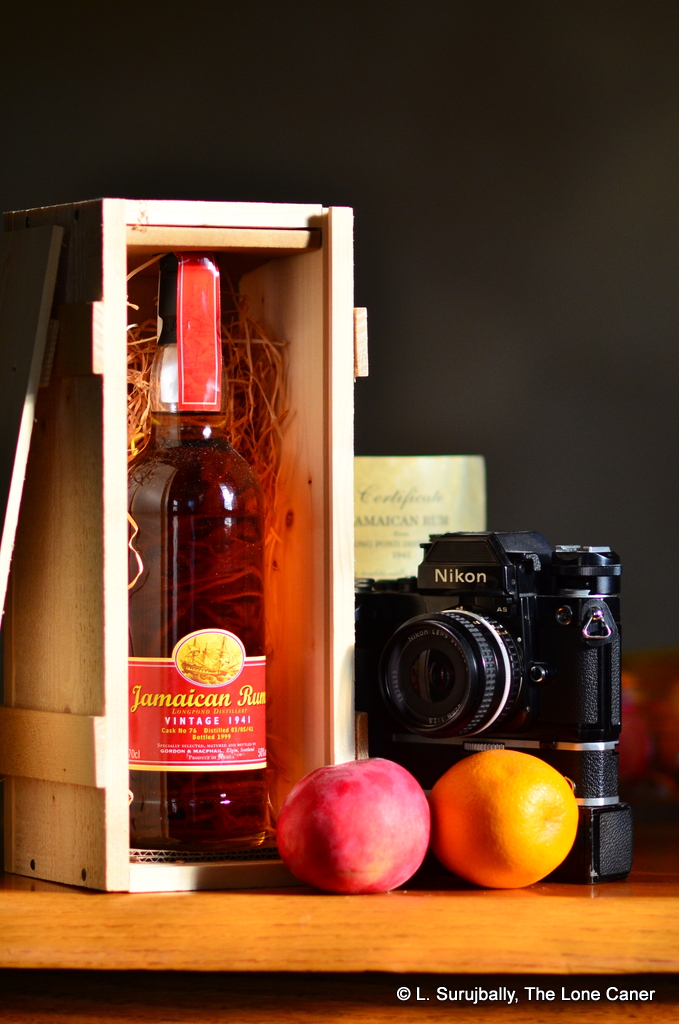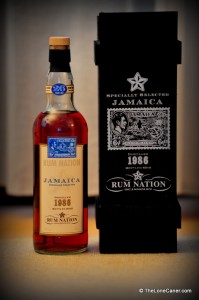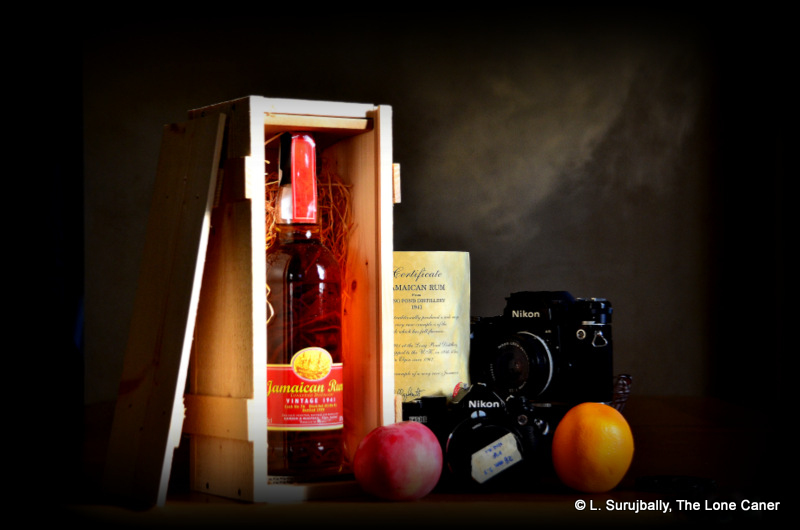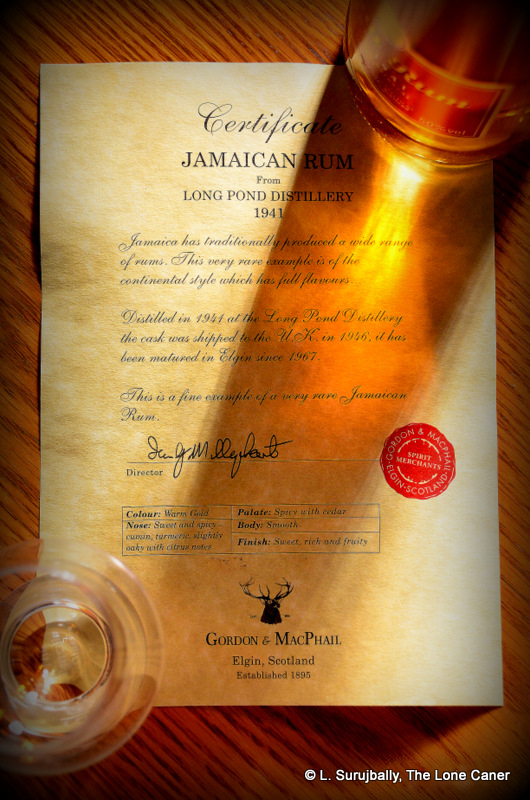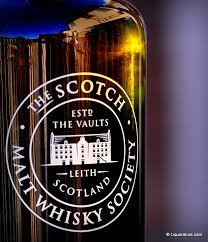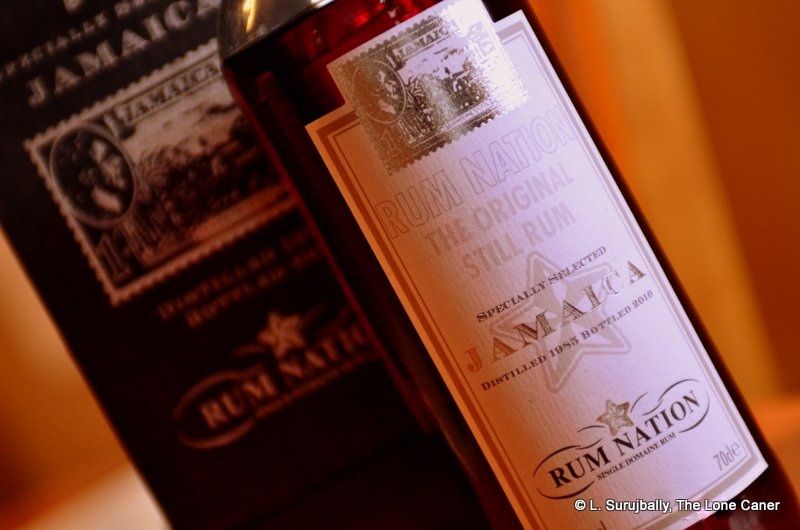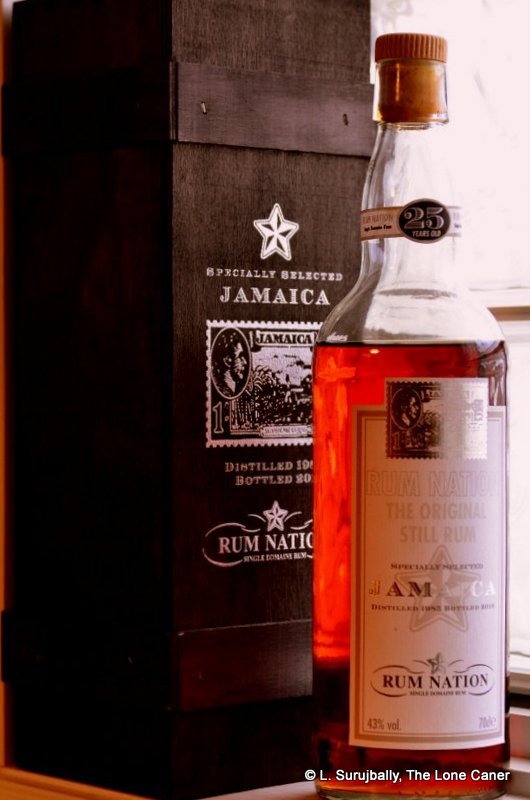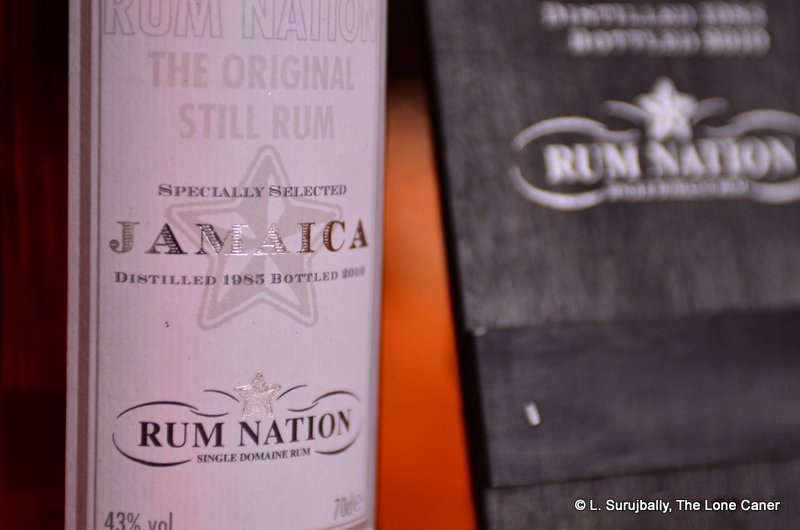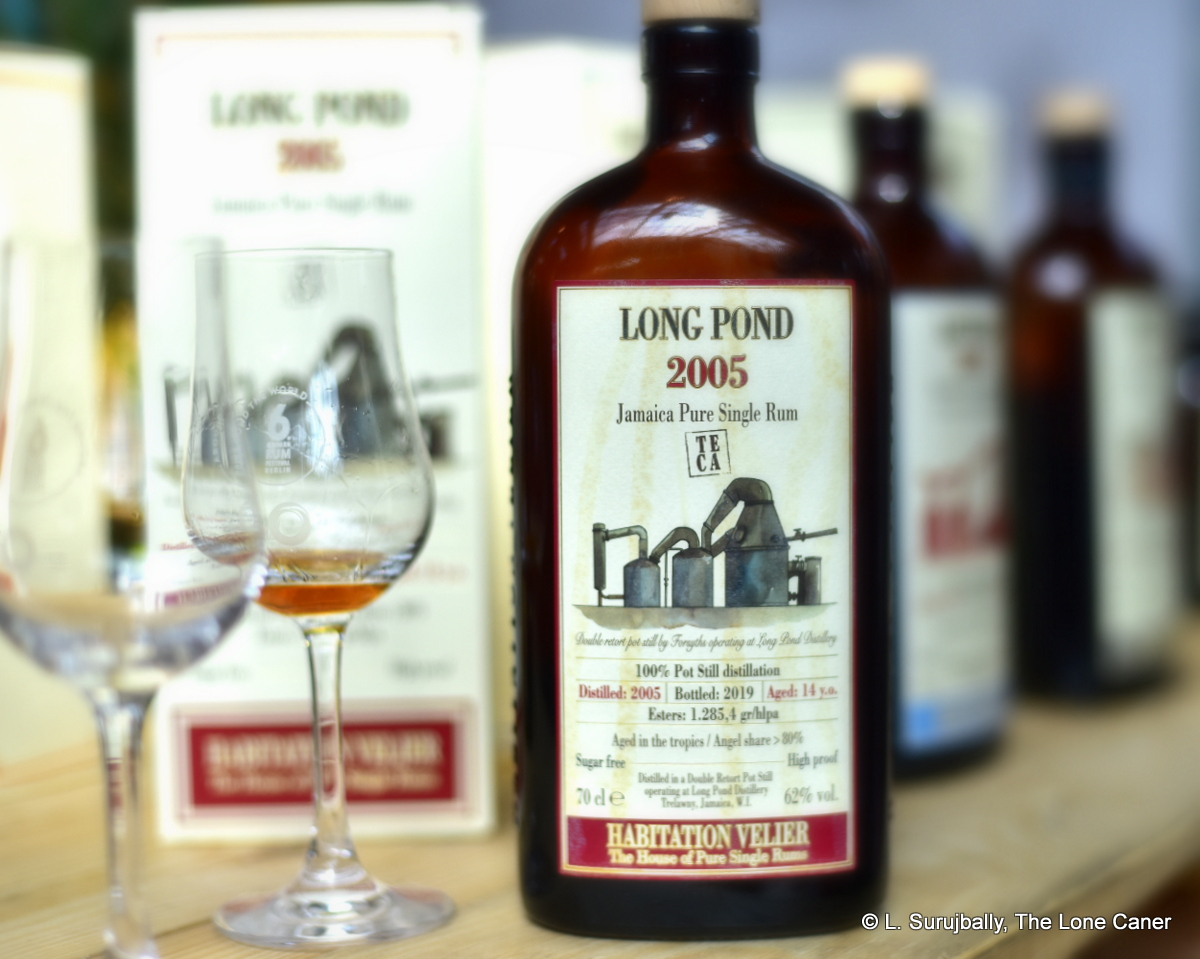
There are few people who tried the quartet of the Velier black-bottled Long Pond series that was released (or should that read “unleashed”?) in 2018, who didn’t have an opinion on the snarling beastie that was the 2003 NRJ TECA. That was a rank, reeking, sneering, foul-smelling animal of a rum, unwashed, uncouth, unafraid, and it blasted its way through each and every unwary palate on the planet. If Luca Gargano, the boss of Velier, wanted to provide a rum that would show what a high ester beefcake could do, and to educate us as to why it was never meant to be had on its own, he succeeded brilliantly with that one.
And yet a year later, he produced another pure single rum, also from the double retort pot still at Long Pond, also a TECA, a year younger and a percentage point weaker, with fourscore or so more gr/hlpa esters – and it blew the 2018 version out of the water. It was an amazing piece of work, better in almost every way (except perhaps for rumstink), and if one did not know better, just about a completely different rum altogether. Which makes it rather strange that it has not received more plaudits, or been mentioned more often (see “other notes”, below).
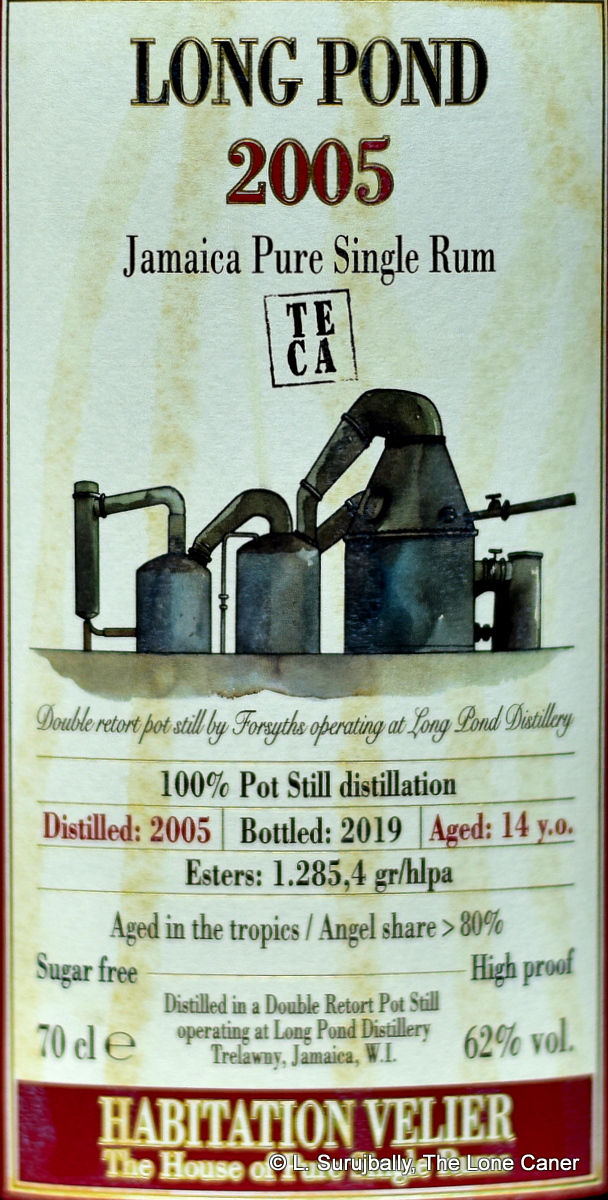 Let’s see if we can’t redress that somewhat. This is a Jamaican rum from Longpond, double pot still made, 62% ABV, 14 years old, and released as one of the pot still rums the Habitation Velier line is there to showcase. I will take it as a given it’s been completely tropically aged. Note of course, the ester figure of 1289.5 gr/hlpa, which is very close to the maximum (1600) allowed by Jamaican law. What we could expect from such a high number, then, is a rum sporting taste-chops of uncommon intensity and flavour, as rounded off by nearly a decade and a half of ageing – now, those statistics made the TECA 2018 detonate in your face and it’s arguable whether that’s a success, but here? … it worked. Swimmingly.
Let’s see if we can’t redress that somewhat. This is a Jamaican rum from Longpond, double pot still made, 62% ABV, 14 years old, and released as one of the pot still rums the Habitation Velier line is there to showcase. I will take it as a given it’s been completely tropically aged. Note of course, the ester figure of 1289.5 gr/hlpa, which is very close to the maximum (1600) allowed by Jamaican law. What we could expect from such a high number, then, is a rum sporting taste-chops of uncommon intensity and flavour, as rounded off by nearly a decade and a half of ageing – now, those statistics made the TECA 2018 detonate in your face and it’s arguable whether that’s a success, but here? … it worked. Swimmingly.
Nose first. Some of the lurking bog-monsters of the acetones, rubber and sulphur that defined the earlier version remained, but much more restrained – rubber, wax, brine, funk, plasticine, rotting fruits, pineapple, that kind of thing. What made it different was a sort of enhanced balance, a sweetness and thickness to the experience, which I really enjoyed. Much of the “wtf?” quality of its brother – the gaminess, the meatiness, the reek – was toned down or had disappeared, replaced by a much tastier series of fleshy, overripe fruit, pineapple and crushed almonds.
What distinguished the rum so much on the palate, I think, was the way that the very things I had shuddered at with the NRJ TECA were, when dialled down and better integrated, exactly what made this one so very good. The spoiling meat and hogo danced around the background, but never overwhelmed the solid notes of mint, thyme, rubber, nail polish, acetones and bags of molasses and caramel and ripe fruits. I particularly liked the way that the combination of ripe peaches and apricots versus the tart citrus-and-strawberry line stopped the whole “descent into madness” thing. This allowed the rum to be extreme, yes, but not overpoweringly so…sweeter and thicker and sharper and better than one would be led to expect with that ester count, like they had all agreed to a non-aggression pact. The finish – which seemed to want to hang around for a while to show off – was redolent of molasses, mint, fruits, ripe peaches, pineapples, lemon peel and a weird little whiff of green peas, and I enjoyed it quite a bit as well.
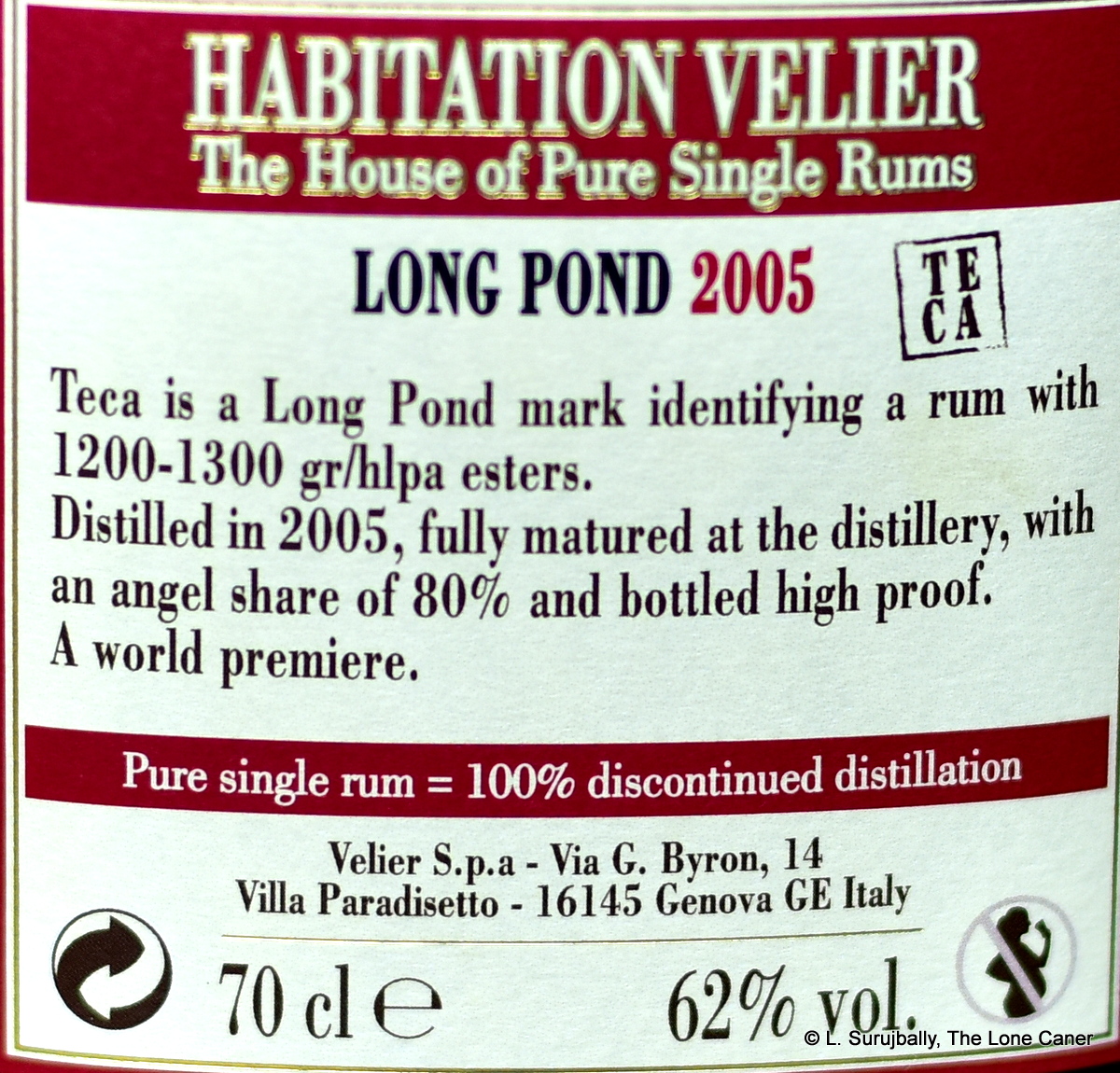 So – good or bad? Let’s see if we can sum this up. In short, I believe the 2005 TECA was a furious and outstanding rum on nearly every level. But that comes with caveats. “Fasten your seatbelt” remarked Serge Valentin in his 85 point review, and Christoph Harrer on the German Rum Club page wrote shakily (perhaps in awe) that “the smell is […] brutal and hit me like a bomb,” — which leads one to wonder what he might have made of the original TECA, but he had a point: you can’t treat it like a Zacapa or a Diplo…therein lies madness and trauma for sure. Even if you like your Jamaicans and boast of your experiences with fullproof Hampdens and Worthy Park rums, this was one to be approached — at that strength and with that ester count — with some caution.
So – good or bad? Let’s see if we can sum this up. In short, I believe the 2005 TECA was a furious and outstanding rum on nearly every level. But that comes with caveats. “Fasten your seatbelt” remarked Serge Valentin in his 85 point review, and Christoph Harrer on the German Rum Club page wrote shakily (perhaps in awe) that “the smell is […] brutal and hit me like a bomb,” — which leads one to wonder what he might have made of the original TECA, but he had a point: you can’t treat it like a Zacapa or a Diplo…therein lies madness and trauma for sure. Even if you like your Jamaicans and boast of your experiences with fullproof Hampdens and Worthy Park rums, this was one to be approached — at that strength and with that ester count — with some caution.
Perhaps it would take a few more nips and sips to appreciate it more fully. I tried it at the German rumfest in 2019, and while I knew right away that it was special and a true original, I wasn’t entirely sure what to make of it…and so filched a second sample to try more carefully, at leisure. Normally I walk around a rumfest with four glasses in my hand, but that day I kept one glass with this juice on the go for the entire afternoon, and returned the very next day to get another two. And the conclusion I came to, then and now, is that while at the beginning it has all the grace of a runaway D9, at the end, when the dust settles, all the disparate notes come together in a rhythm that somehow manages to elevate its initial brutality to a surprising, and very welcome, elegance.
(#735)(87/100)
Other Notes
Others have varying opinions on this rum, mostly on the plus side. Marius over at Single Cask Rum did the full comparison of the two TECA rums and came to similar conclusions as I did, scoring it 86 points. Le Blog a Roger was less positive and felt it was still too extreme for him and gave it 82. And our old Haiku-style-reviewer, Serge Valentin noted it as being “not easy” and “perhaps a tad too much” but liked it to the tune of 85 points.
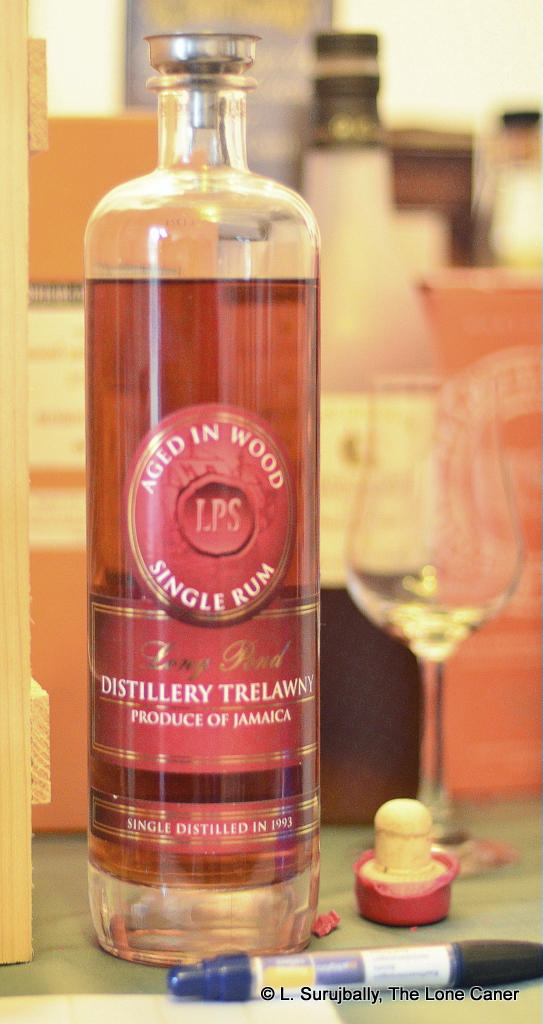 Until
Until 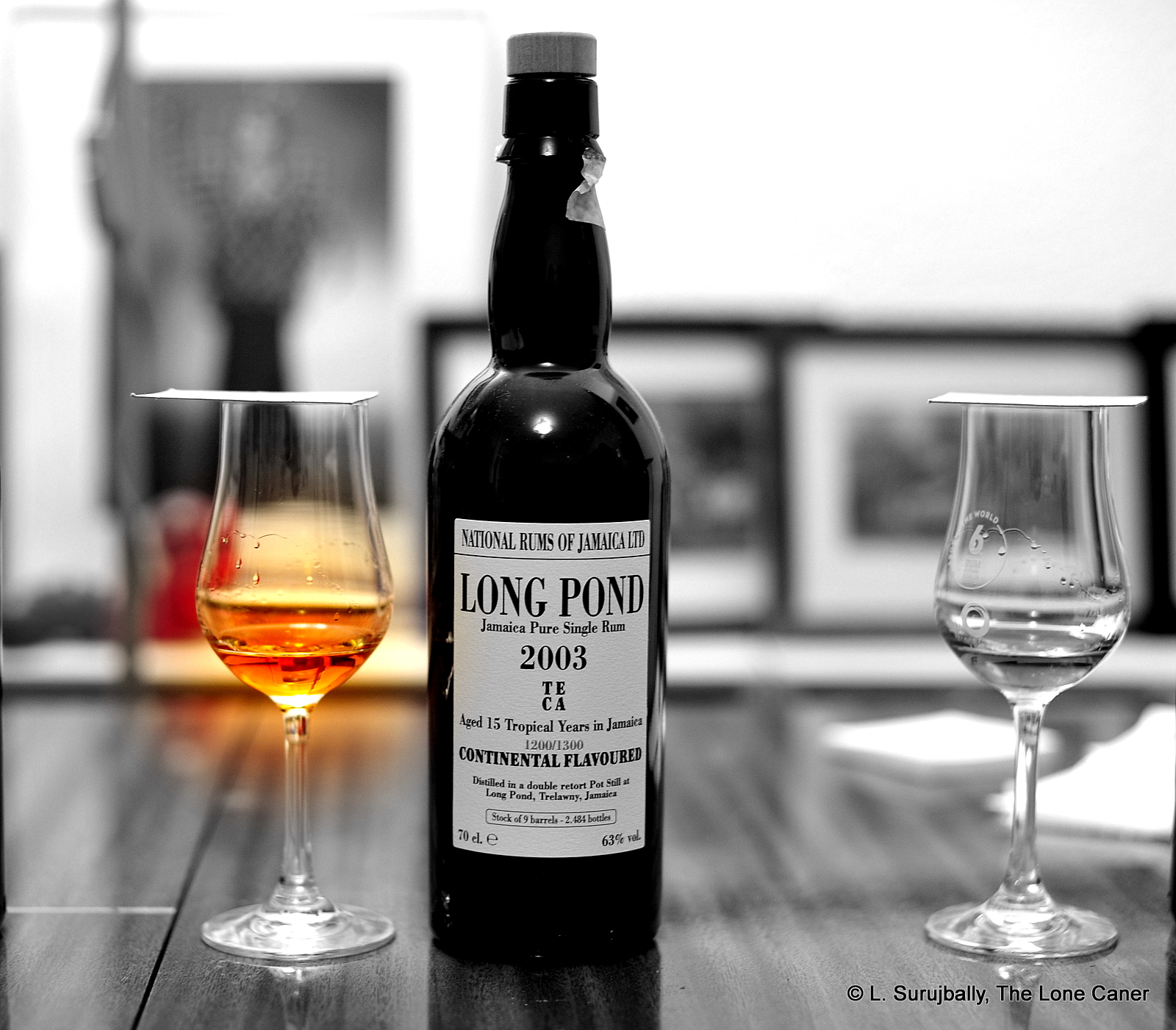
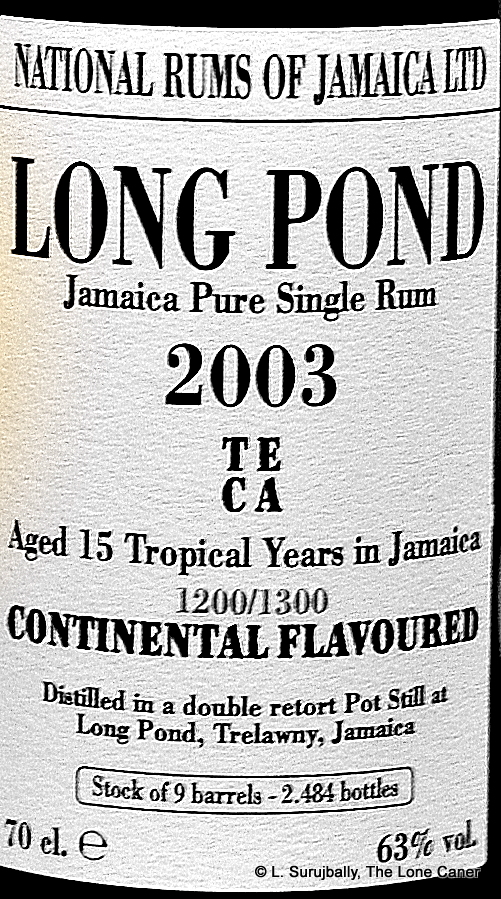 In sampling the initial nose of the third rum in the NRJ series, I am not kidding you when I say that I almost fell out of my chair in disbelief. The aroma was the single most rancid, hogo-laden ester bomb I’d ever experienced – I’ve tasted hundreds of rums in my time, but never anything remotely like this (except perhaps the
In sampling the initial nose of the third rum in the NRJ series, I am not kidding you when I say that I almost fell out of my chair in disbelief. The aroma was the single most rancid, hogo-laden ester bomb I’d ever experienced – I’ve tasted hundreds of rums in my time, but never anything remotely like this (except perhaps the 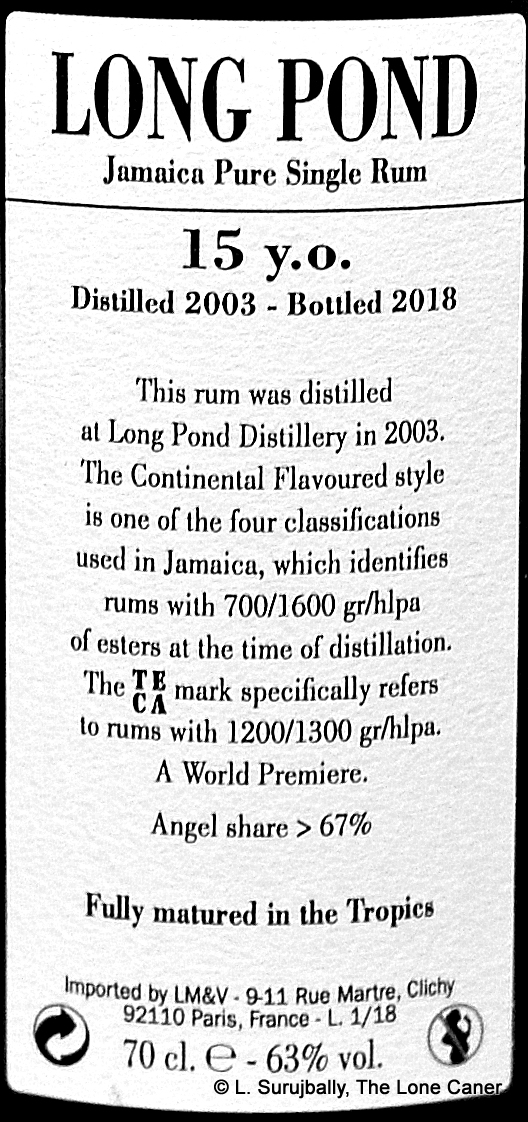 In brief, these are all rums from Long Pond distillery, and represent distillates with varying levels of esters (I have elected to go in the direction of lowest ester count → highest, in these reviews). Much of the background has been covered already by two people: the Cocktail Wonk himself with his
In brief, these are all rums from Long Pond distillery, and represent distillates with varying levels of esters (I have elected to go in the direction of lowest ester count → highest, in these reviews). Much of the background has been covered already by two people: the Cocktail Wonk himself with his 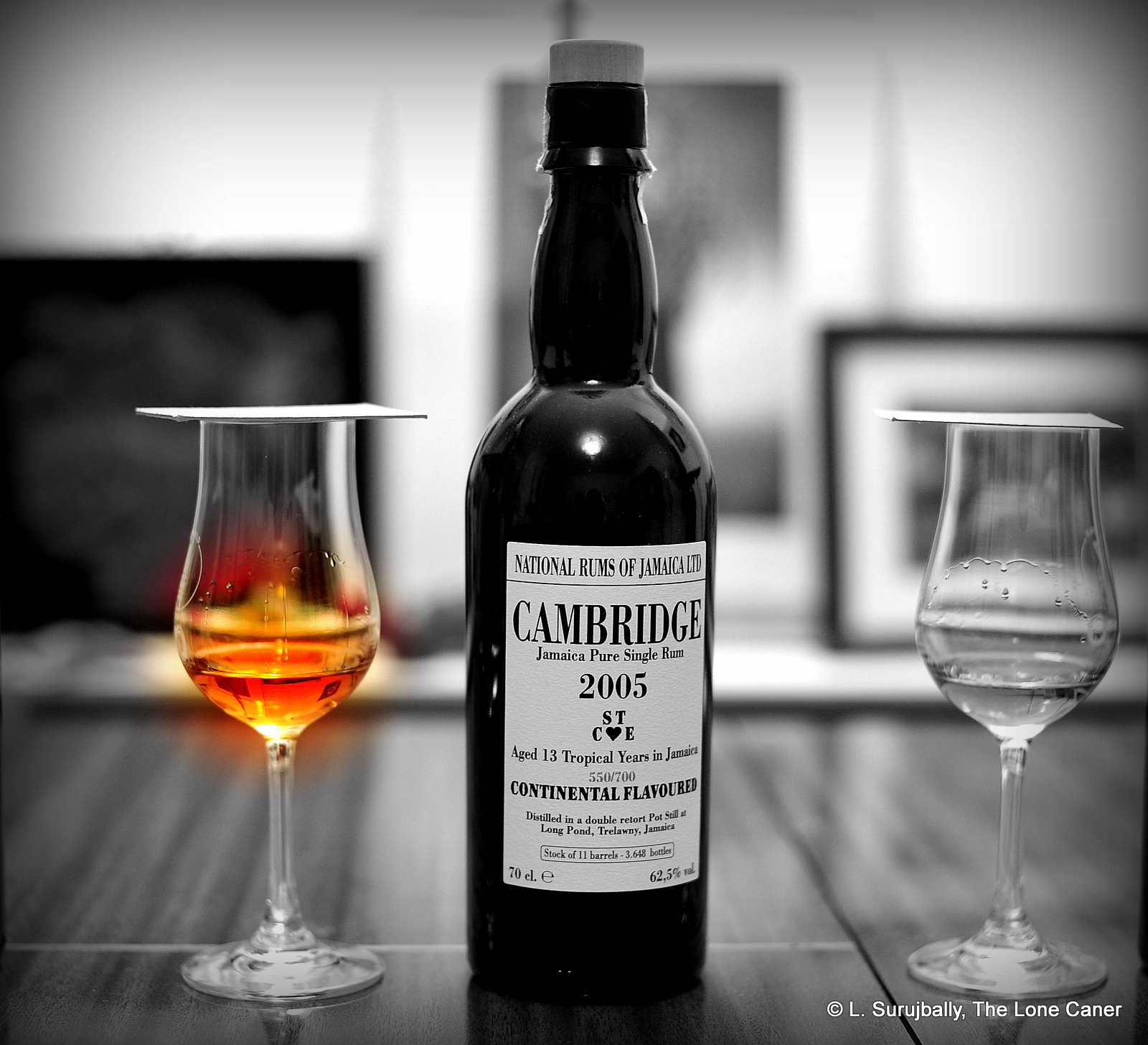
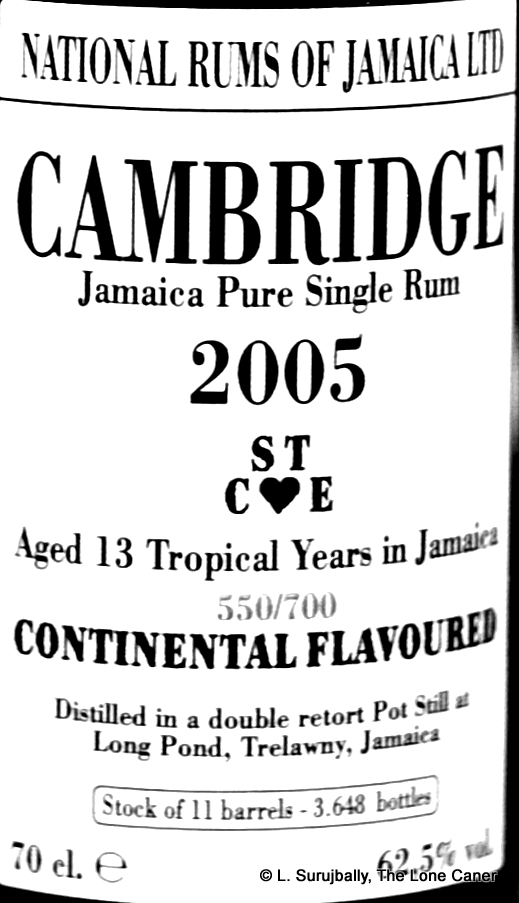 There’s a reason for that. What these esters do is provide a varied and intense and enormously boosted flavour profile, not all of which can be considered palatable at all times, though the fruitiness and light flowers are common to all of them and account for much of the popularity of such rums which masochistically reach for higher numbers, perhaps just to say “I got more than you, buddy”. Maybe, but some caution should be exercised too, because high levels of esters do not in and of themselves make for really good rums every single time. Still, with Luca having his nose in the series, one can’t help but hope for something amazingly new and perhaps even spectacular. I sure wanted that myself.
There’s a reason for that. What these esters do is provide a varied and intense and enormously boosted flavour profile, not all of which can be considered palatable at all times, though the fruitiness and light flowers are common to all of them and account for much of the popularity of such rums which masochistically reach for higher numbers, perhaps just to say “I got more than you, buddy”. Maybe, but some caution should be exercised too, because high levels of esters do not in and of themselves make for really good rums every single time. Still, with Luca having his nose in the series, one can’t help but hope for something amazingly new and perhaps even spectacular. I sure wanted that myself.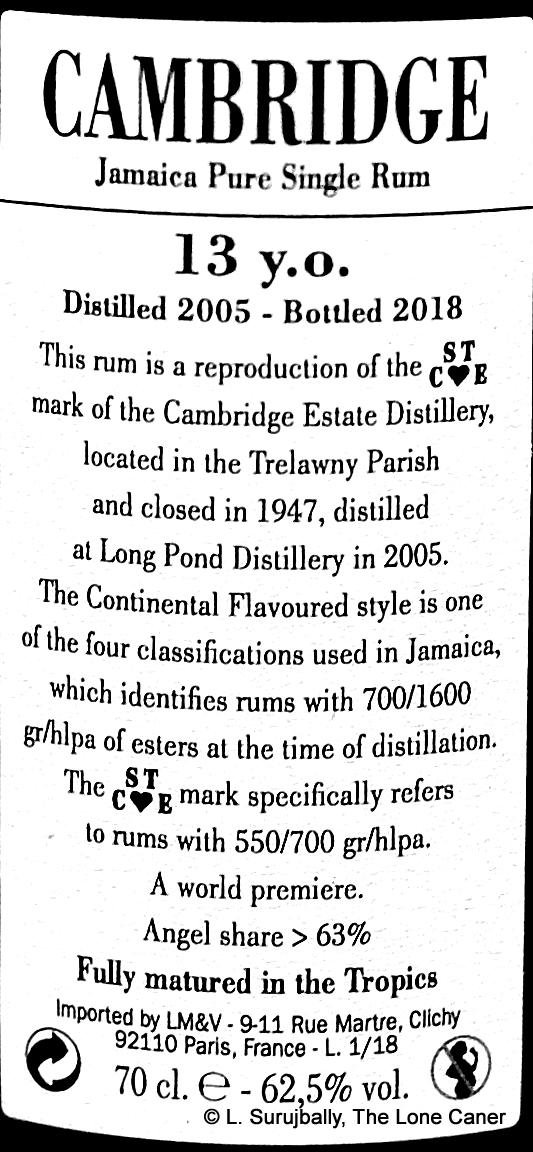 These are definitions of ester counts, and while most rums issued in the last ten years make no mention of such statistics, it seems to be a coming thing based on its increasing visibility in marketing and labelling: right now most of this comes from Jamaica, but Reunion’s Savanna also has started mentioning it in its Grand Arôme line of rums. For those who are coming into this subject cold, esters are the chemical compounds responsible for much of a given rum’s flowery and fruity flavours – they are measured in grams per hectoliter of pure alcohol, a hectoliter being 100 liters; a light Cuban style rum can have as little as 20 g/hlpa while an ester gorilla like the DOK can go right up to the legal max of 1600 at which point it’s no longer much of a drinker’s rum, but a flavouring agent for lesser rums. (For good background reading, check out the
These are definitions of ester counts, and while most rums issued in the last ten years make no mention of such statistics, it seems to be a coming thing based on its increasing visibility in marketing and labelling: right now most of this comes from Jamaica, but Reunion’s Savanna also has started mentioning it in its Grand Arôme line of rums. For those who are coming into this subject cold, esters are the chemical compounds responsible for much of a given rum’s flowery and fruity flavours – they are measured in grams per hectoliter of pure alcohol, a hectoliter being 100 liters; a light Cuban style rum can have as little as 20 g/hlpa while an ester gorilla like the DOK can go right up to the legal max of 1600 at which point it’s no longer much of a drinker’s rum, but a flavouring agent for lesser rums. (For good background reading, check out the 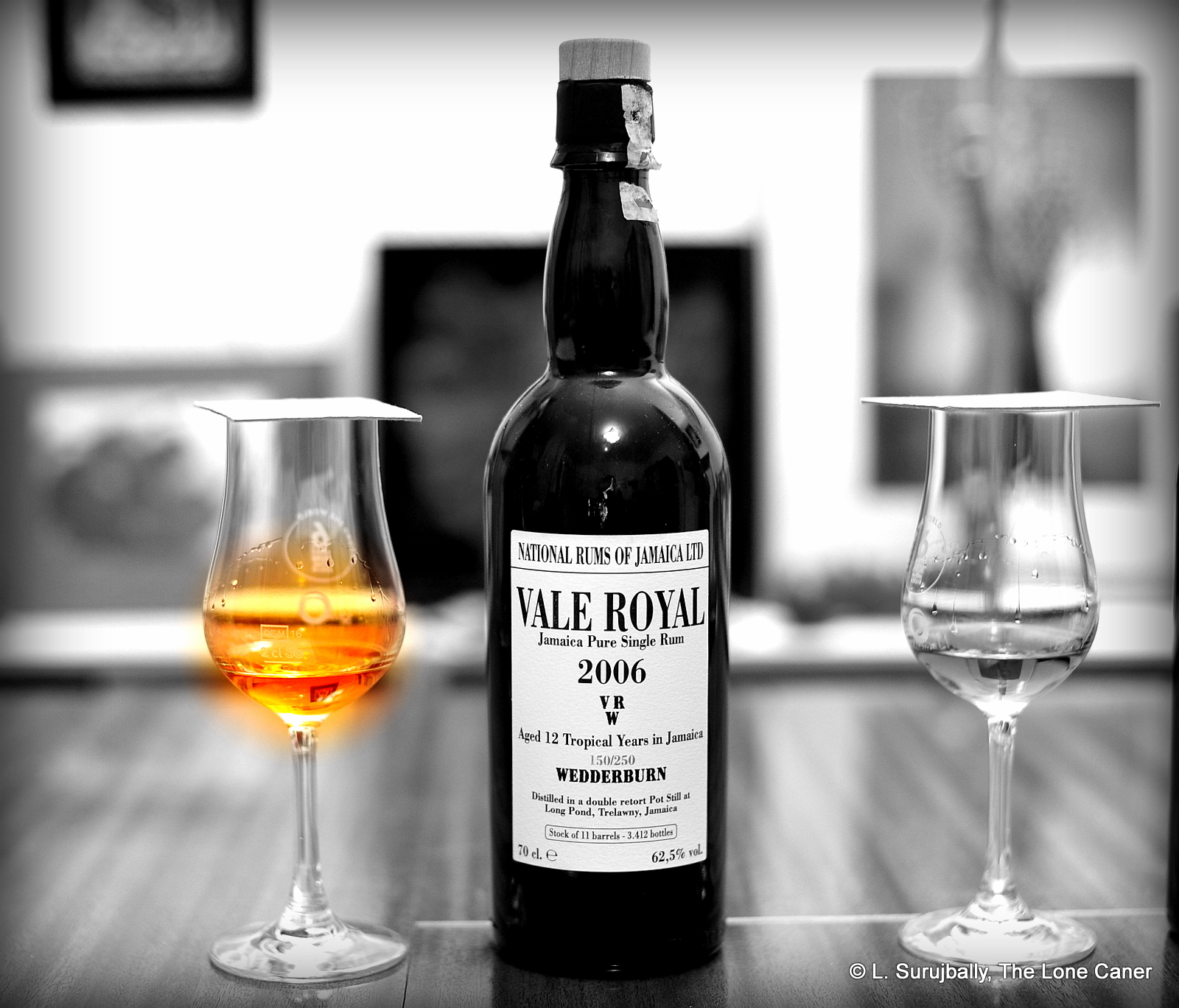
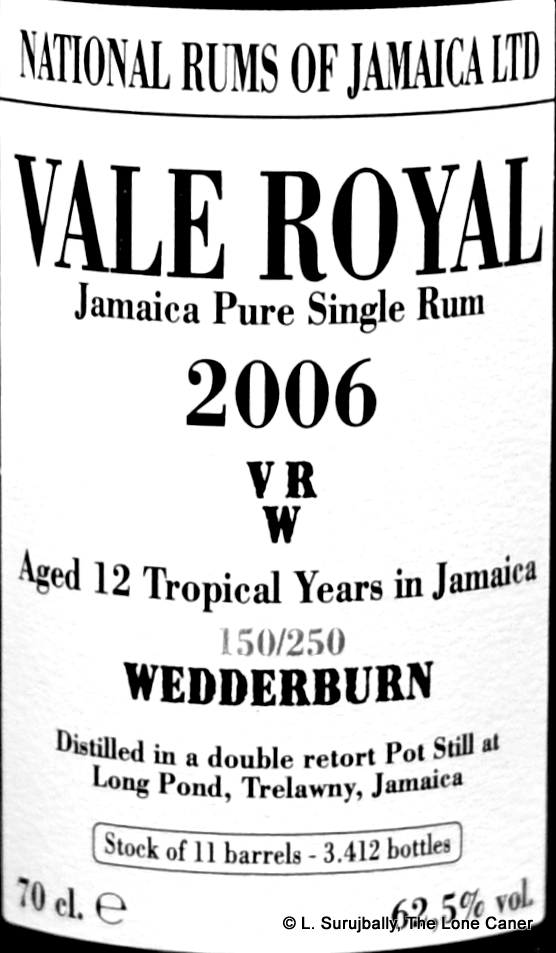 Consider first the nose. Frankly, I thought it was lovely – not just because it was different (it certainly was), but because it combined the familiar and the strange in intriguing new ways. It started off dusty, musky, loamy, earthy…the sort of damp potting soil in which my wife exercises her green thumb. There was also a bit of vaguely herbal funk going on in the background, dry, like a hemp rope, or an old jute sack that once held rice paddy. But all this was background because on top of all that was the fruitiness, the flowery notes which gave the rum its character – cherries, peaches, pineapples, mixed with salt caramel, vanilla, almonds, hazelnuts and flambeed bananas. I mean, that was a really nice series of aromas.
Consider first the nose. Frankly, I thought it was lovely – not just because it was different (it certainly was), but because it combined the familiar and the strange in intriguing new ways. It started off dusty, musky, loamy, earthy…the sort of damp potting soil in which my wife exercises her green thumb. There was also a bit of vaguely herbal funk going on in the background, dry, like a hemp rope, or an old jute sack that once held rice paddy. But all this was background because on top of all that was the fruitiness, the flowery notes which gave the rum its character – cherries, peaches, pineapples, mixed with salt caramel, vanilla, almonds, hazelnuts and flambeed bananas. I mean, that was a really nice series of aromas.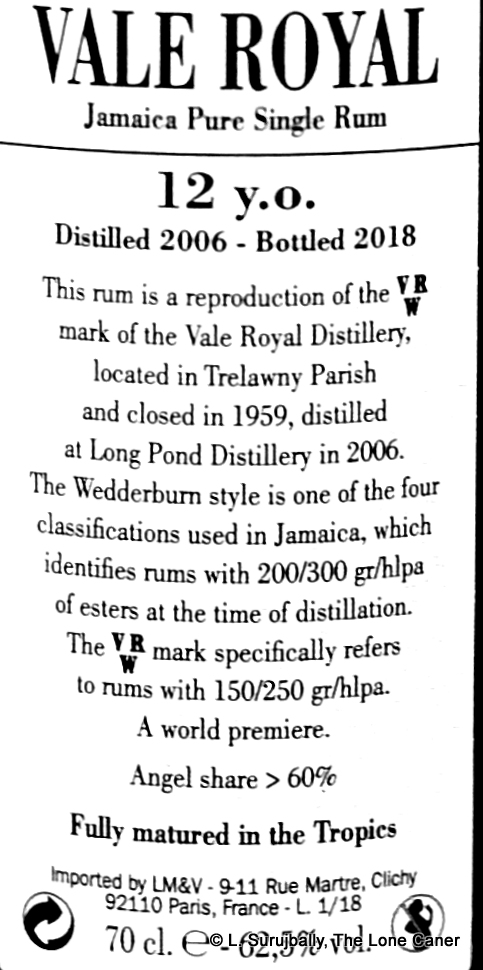 The various Jamaican ester marks
The various Jamaican ester marks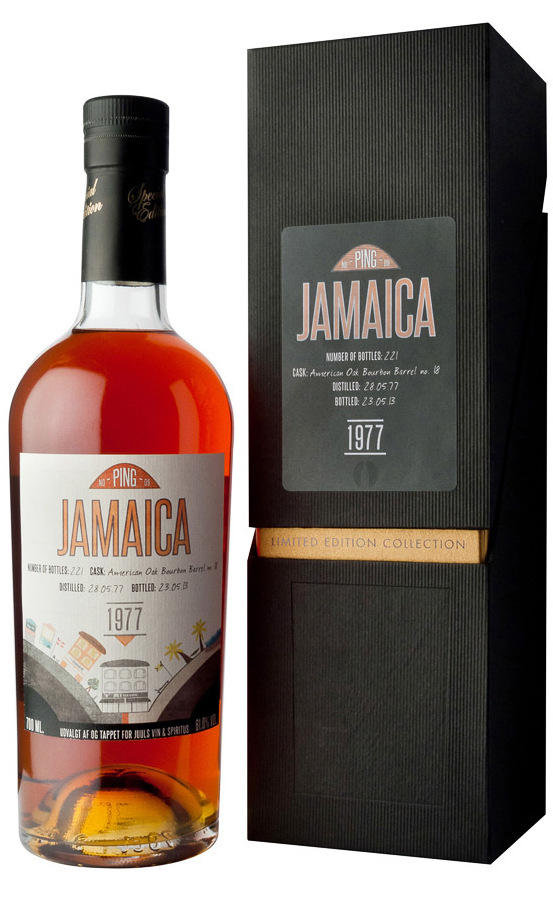
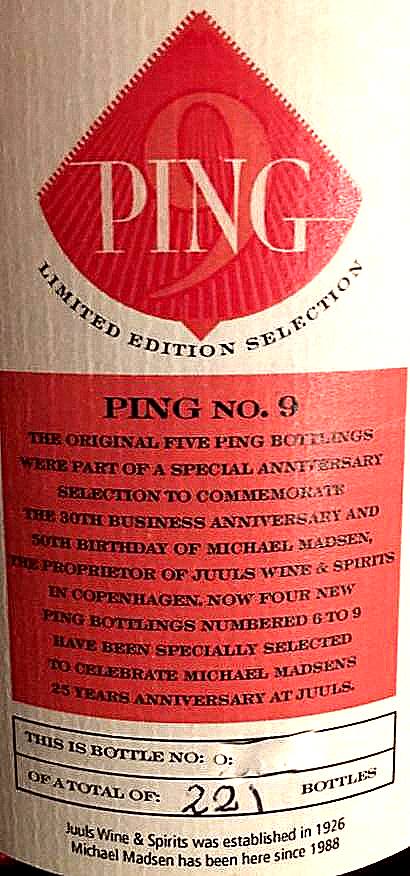 Say what you will about tropical ageing, there’s nothing wrong with a good long continental slumber when we get stuff like this out the other end. Again it presented as remarkably soft for the strength, allowing tastes of fruits, light licorice, vanilla, cherries, plums, and peaches to segue firmly across the tongue. Some sea salt, caramel, dates, plums, smoke and leather and a light dusting of cinnamon and florals provided additional complexity, and over all, it was really quite a good rum, closing the circle with a lovely long finish redolent of a fruit basket, port-infused cigarillos, flowers and a few extra spices.
Say what you will about tropical ageing, there’s nothing wrong with a good long continental slumber when we get stuff like this out the other end. Again it presented as remarkably soft for the strength, allowing tastes of fruits, light licorice, vanilla, cherries, plums, and peaches to segue firmly across the tongue. Some sea salt, caramel, dates, plums, smoke and leather and a light dusting of cinnamon and florals provided additional complexity, and over all, it was really quite a good rum, closing the circle with a lovely long finish redolent of a fruit basket, port-infused cigarillos, flowers and a few extra spices.